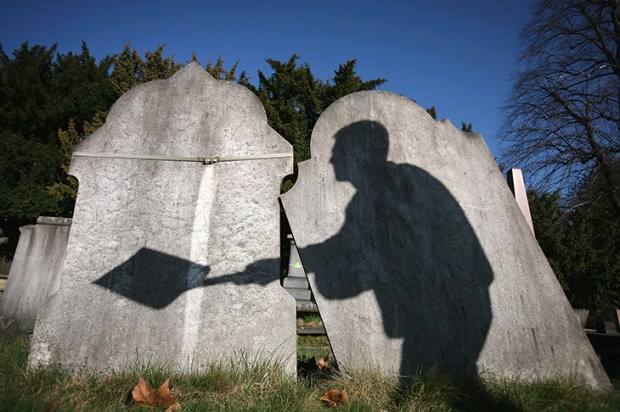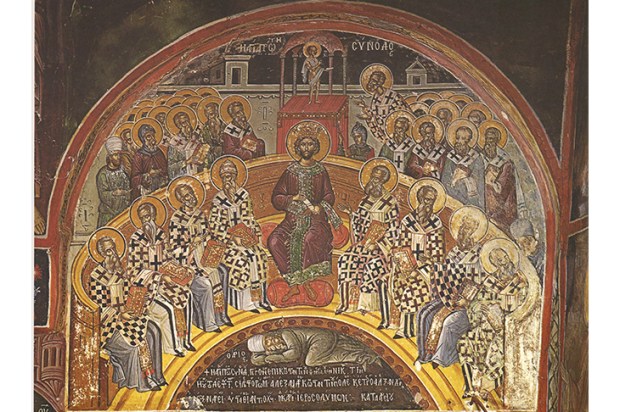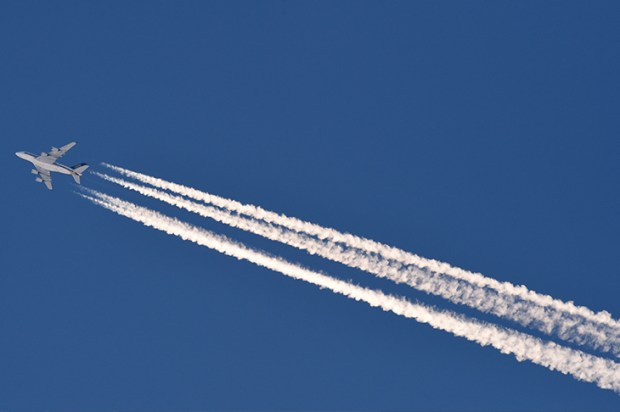Once upon a time, in a world that now feels as distant as a fairy tale, Queensland Health, in collaboration with three of the state’s top universities –UQ, Griffith, and JCU – established the Queensland Covid-19 Vaccination Safety and Efficacy Trial (QoVAX SET).
Led by Professor Janet Davies, the study set out to track immune responses and identify factors affecting vaccine safety and efficacy across a broad and diverse population including Aboriginal and Torres Strait Islanders, minority ethnic groups, the sick as well as the healthy, and even the unvaccinated.
The scope was extraordinary: 10,000 adult Queenslanders were recruited from 86 per cent of the state’s postcodes. Over 100,000 biospecimens were collected, generating more than 11 million data points. Queensland Health provided the funding and coordination; the universities handled design, data collection, and analysis.
QoVAX paid special attention to genetic differences, particularly variants in the Human Leukocyte Antigen (HLA) gene, which is central to how the immune system responds to infections, vaccines, cancer cells, and the risk of autoimmune reactions. mRNA vaccines like Pfizer and Moderna depend on antigen presentation via HLA pathways, so variation in these genes could explain divergent vaccine responses and injuries. Some HLA variants are linked to increased risk of autoimmune diseases such as Type 1 diabetes, multiple sclerosis, rheumatoid arthritis, and narcolepsy – which occurred in some people after the H1N1 vaccine. That is why the large, population-based QoVAX study is so critical. It offers a rare opportunity to understand how genetics affect vaccine safety and effectiveness at the individual level.
Given how vital this study is, you might be surprised that the vaccine manufacturers weren’t required to conduct it themselves. Then again, after everything that has happened over the last five years, you might not. You might also not be surprised that in June 2023, Metro North Health – the branch of Queensland Health managing the study – cut all funding and abruptly shut QoVAX down. Professor Davies was removed as project lead. No explanation was given.
But it seems the plan wasn’t just to starve the study of funds and leave it in limbo. In March 2025, Metro North Health wrote to participants informing them that all biospecimens would be sterilised and destroyed, and the data archived and inaccessible to researchers. The justification offered was absurd: that emerging Covid-19 variants rendered the study irrelevant and that similar research existed elsewhere. Neither claim stands up to a moment’s scrutiny.
QoVAX is globally unique. It is the only study to assess vaccine safety and efficacy among Indigenous Australians. The only comparable study, in the UK, took place after widespread community transmission, meaning most participants had already been exposed to the virus. Queensland’s cohort, by contrast, was almost entirely uninfected at the time of vaccination – making it the cleanest possible dataset for assessing first-time exposure and vaccine effect.
In April 2025, legal-scientific advocate Julian Gillespie issued a formal legal notice to Queensland authorities, demanding a halt to any destruction of the QoVAX data and specimens. Under the state’s own clinical records retention policy, research records must be preserved for at least 15 years after a study ends. Since QoVAX was terminated in 2023, records must be preserved until at least 2038. Destroying them earlier could constitute misconduct, negligence, and obstruction of justice.
Gillespie warned that the specimens are relevant to ongoing legal cases involving potential vaccine injury, and destroying evidence after being made aware of its potential relevance may violate Section 129 of the Queensland Criminal Code, with a maximum sentence of seven years, and constitute a breach of the Public Records Act.
The materials are also relevant to ongoing scientific investigations into synthetic DNA contamination in mRNA vaccines, a problem confirmed by multiple prestigious laboratories, including that of the FDA. Synthetic DNA contamination of vaccines has previously been linked to serious health outcomes, including autoimmune reactions, chronic inflammation, and unintended gene integration associated with human tumours and cancer.
The scientific importance of the QoVAX biobank is hard to overstate. The Therapeutic Goods Administration stopped publishing Covid vaccine safety reports in 2023. But before it did, more deaths and adverse events were reported following Covid vaccination – 1,004 deaths and 139,654 adverse events – than for all other vaccines combined. Were they caused by the vaccines?
QoVAX could establish whether autoimmune diseases such as Type 1 diabetes, myocarditis, cardiac issues such as arrhythmias and heart failure, and neurological conditions such as Alzheimer’s and prion disease are vaccine-related in particular genetic profiles. It could explain why some people suffered serious reactions, including death, and explore whether adverse events that emerge months or years later are connected to vaccination.
The biobank is also critical in assessing excess mortality. Australia’s death rate has remained stubbornly high since the mass vaccination campaign, even though the pandemic itself has receded. Why did excess mortality spike in 2022 after near-universal vaccination? Why was the death rate worse in 2024 than 2023? QoVAX could help establish whether there is any link between the vaccines and excess deaths, such as spikes in deaths from diabetes, arrhythmias, or heart failure.
A worrying area of inquiry involves the persistence of synthetic DNA fragments and spike proteins in human tissue. QoVax could help determine how long these remnants remain in the body and if they are linked to inflammation or autoimmunity. These are urgent questions for individuals suffering from long COVID and or long COVID vaccination.
QoVAX also provides the demographic breadth to assess how risks vary by age, sex, ethnicity, or pre-existing conditions, and could reveal whether some communities were disproportionately affected – and whether repeated booster doses diminish long-term protection or lead to immune exhaustion.
Because it tracked people who received different vaccine brands and doses at different times, QoVAX offers a rare opportunity to compare real-world outcomes across platforms. It could tell us which vaccines had more side effects, which provided longer protection, and how the formulations performed over time. All of this is essential to informed consent and future vaccine policy.
Strangely – or perhaps not – this push to destroy the data comes at the very moment Queensland is pouring millions into new mRNA research. The BASE facility at UQ has already developed over 300 experimental mRNA therapies and secured $6.6 million to scale up. The $280 million Translational Science Hub links Queensland researchers with pharmaceutical giant Sanofi and its mRNA Centres of Excellence in France and the US. The Queensland Emory Vaccine Centre, with $32 million in funding, employs 80 researchers. And UQ’s Personalised mRNA Cancer Vaccine Lab, backed by $3.3 million, is now developing patient-specific vaccines for cancer treatment.
The QoVAX biobank may hold the answers to so many questions about the safety and efficacy of the new mRNA vaccines, as well as those of the COVID era. Only a cynic would dare suggest that’s the reason it’s being destroyed.
Got something to add? Join the discussion and comment below.
You might disagree with half of it, but you’ll enjoy reading all of it. Try your first month for free, then just $2 a week for the remainder of your first year.













